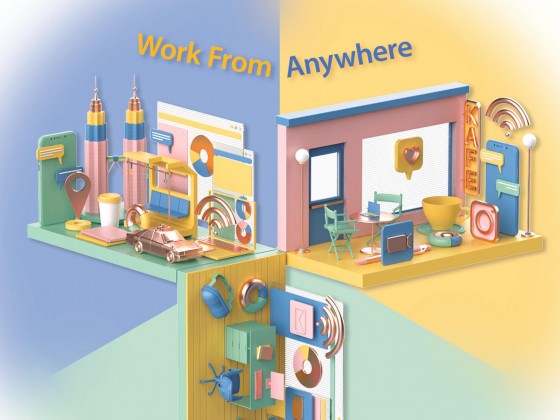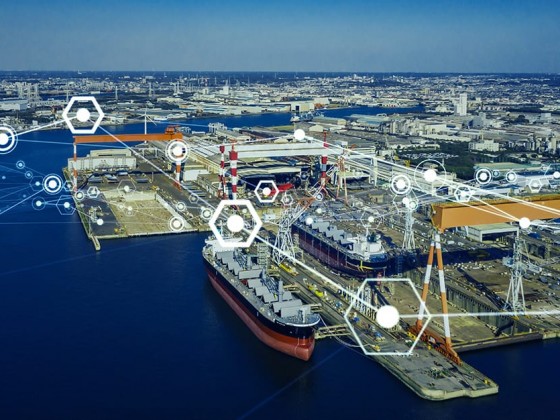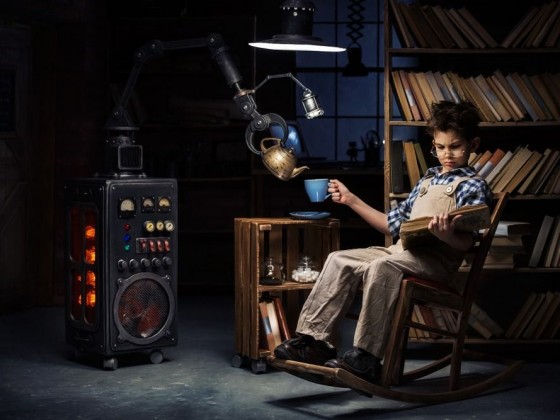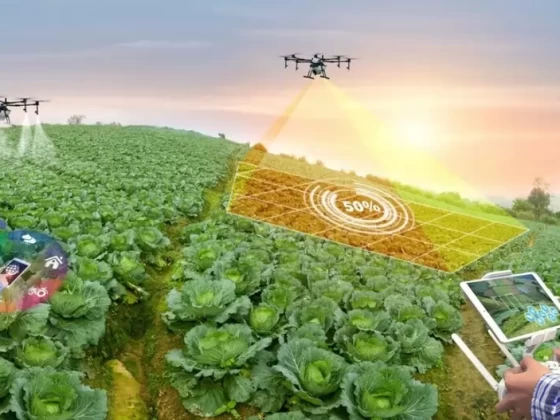by | Nadia Sullivan, nadiasullivan@might.org.my

Unlocking the Value of Multigenerational Workforce
As a result of a declining mortality rate, improved healthcare, and better quality of life, human life expectancy has risen dramatically. This is even more evident when you consider the fact that global life expectancy is currently averaged at 73 years compared to just 52.5 years in 1960.
Organisations must be aware of the aging workforce, the multigenerational workforces that will be created as a result, and the possibilities and challenges that age diversity in the workforce will bring. The knowledge of how different generations can work together, and the ability to manage their collective differences, will be a critical factor in achieving business success.
There is no one size fits all when it comes to today’s workforce. Imagine having four or five generations of people working together in one roof. Five generations mean five working approaches and style. Although there is no standard manual as to which generation should take the lead, people will normally learn to adjust within a multigenerational workforce. A diverse team provides the opportunity for the unique strengths of each team member to be leveraged. The greater the diversity, the greater the breadth of strengths available. Each diverse team member has strengths that can compensate for the shortcomings or blind spots of other team members.
What kinds of challenges are in the horizon for today’s employers? How do generational workforce differences affect our ability to manage people effectively? And what are the traits, beliefs, and life experiences that mark each generation, influencing how they work, communicate, and respond to change?
With this information, organisation leaders, especially managers and HR executives, can develop multigenerational strategies in recruitment, orientation, talent management, retention, and succession planning.
The competitive advantage for having generational diversity
Having a multigenerational workforce can, and should, be a distinct advantage for companies today. The wide range of ideas and knowledge from a broad group of people can serve the company well, and help employees excel in their work.
Employers need a higher level of awareness of the potential benefits and challenges of a multigenerational workforce as there is no one-size-fits-all solution to it. For a start, employers need to take time to understand the different career motivators and aspirations of each generation. Companies that can leverage these differences will be able to bring out the best in their people, build a healthy talent pipeline and ensure sustainable business growth.
Organisations that hire and promote the same kind of thinkers are capping their potential. More perspectives on a team will lead to better decision-making. Perspective diversity can come in many forms: through different backgrounds, personalities, genders, races and ethnicities, experiences, thinking patterns, locations, skills, leadership styles, and ages.
The advantages of having generational diversity in workplace will create innovation and foster robust collaborations, including:
- It drives innovation
To have an age-diverse team, able to come up with more innovative ideas and solutions. Younger people who have grown up during the Digital Revolution have greater exposure to digitalisation as well as innovation, and are thus more open to embracing new technology and agile ways of working. Mature professionals, on the other hand, can contribute by sharing their specialist knowledge and industry experience with the younger generation, or being a mentor of sorts, and help guide their ideas to achieve practical business objectives. By encouraging such open collaborations, teams are empowered to co-create initiatives that combine past learnings with innovation for greater efficiency. - It builds a healthy talent pipeline
Companies that tap into the wide range of knowledge, ideas and unique strengths from each generation will have the distinct advantage of having a future-ready workforce. A strong internal talent pipeline also helps employers reduce hiring costs, so that they can focus their resources on training courses to deepen their employees’ capabilities and create more opportunities for internal promotions. - It promotes the sharing of best practices and different perspectives
Experienced professionals are extremely valuable to the business as they have acquired a tremendous wealth of knowledge and skills throughout their career. In particular, they can play an instrumental role in the career development of younger employees by sharing critical knowledge and experience that typically require years to acquire, such as having a strong commercial acumen and the ability to develop effective business management strategies.
There is also an increasing trend of ‘reverse mentoring’, which means that mature employees are being paired with and mentored by younger staff on technology, social media and current trends.
The more people interact with each other in the office, the more they can understand and learn from each other’s insights, perspectives and ideas. Companies that foster an engaging environment and communicate their successes of having a collaborative multi-generational workforce are likely to gain a competitive advantage in attracting both young and mature talent.
According to a survey done by Randstad, a specialised and leading organisation in the HR service industry. 90% of the 400 Malaysian employees and job seekers surveyed on the pros and cons of a multigenerational workforce revealed that they are already working in generational diversity. Although the numbers may look good, many employers are still being challenged with managing the dynamics of a multigenerational workforce. Below are results of the survey conducted on the impact of multigenerational workforce.




By looking at the survey results, Malaysia scored quite high alongside other emerging and developed counties. Generational diversity shows great potential as people from different generations can grow and learn from one another when exposed to different ideas and experiences. The new perspectives they gain can spark new ideas and prompt new ways of working. This could also be synchronised with the current technology advancements which encourage robust learning and collaboration processes.
Additionally, with the rising cost of living, it is increasingly more expensive to retire early. As a result, the current workforce find it difficult to retire at the same age that previous generations did. The continuous rise in the cost of living also means that members of Gen Z are opting to study longer and enter the workforce at a later stage – a trend that’s projected to continue for the next 20 years. The combined impact has implications for employers, who will need to shift existing beliefs and attitudes towards older workers.
What does it mean for today’s working environment? Collison or collaboration?
These changing demographics worldwide are creating a labour market in which five generations coexist. For the first time in history, these generation are working side by side. With more generations in the workforce than ever before, the workplace values and working styles are changing. Understanding this multigenerational workforce and its implications will be essential for driving innovation, creating united and productive teams, and adapting to the future workplace.
Considering the pandemic, older generations’ technology habits might look similar. Young and old, people spend more time online now than before the outbreak of COVID19. The workday has grown longer, with more meetings featuring more participants. Suddenly, older generations use Zoom just like their younger counterparts use FaceTime. Unified collaboration, namely video conferencing, swelled to unimaginable rates — tossing generational differences in technology aside.
It is easy to stereotype the different groups of working generation, for example, the baby boomers may think of Millennials as tech obsessed and lacking withpeople skills, and for the generation Z, might think baby boomers are stubborn and inflexible. But everyone is unique on its own way, rather than assuming the biasness of the individual, every generation should embrace and accept based on merits by demonstrating a willingness to listen to new ideas, knowledge, and expertise each of the generation possess.
Each generation has its wants and needs and values different ways of working. Older generations often have fewer responsibilities and costs at home, and they appreciate the opportunity to work part-time or reduced hours, so that they can enjoy the benefits and rewards of a lifetime’s work. But an increasing number of Generation Xers are part of the “sandwich generation,” responsible for caring for both elders and children alongside their work. And for members of Generation Y, a sociable life outside of work is often just as important as their career.
Change is constant in today’s world at the forefront of every industry. Companies need to change and constantly improve or else they will be left behind. It is especially important to have team members that are willing to find creative ways to adapt the company to the needs of customers and the market.
With a multigenerational team, organisations are able to pull from all different generational backgrounds to come up with innovative solutions to problems. Adapting policies and practices to meet employees’ needs across a spectrum of age and life-stages builds the workforce of the future. Age-diverse teams contribute to greater innovation. They can help address vital questions in dramatically new environments: how teams work together, how a supply chain is managed and how other essential operations are prioritised. Use peoples’ ideas to change or improve work, then let employees know that their idea or encourage them to implement it. Offer praise frequently while encouraging praise and recognition among employees, as well as from supervisors.
Moving forward: Creating collaborative culture
COVID19 has had a significant impact on the workplace. The physical workplace itself has shifted in tremendous way, from a place where work is done, to a place where workers collaborate. As organisations continue to face the ongoing challenges brought about by the pandemic, flexible working is here to stay, and organisations are talking about the fact that their employees can now work from anywhere for the rest of their lives if they want. Organisation in this period of great uncertainty, must consider new ways to ensure business continuity and organisational resilience. A multigenerational workforce, with four or five generations working alongside each other, if not physically, then virtually will helps to meet these challenges.
We all know that work will never be the same, even if we do not yet know all the ways in which it will be different. What we can say with certainty is that the sudden shift to distributed work has provided a once-in-a-generation opportunity to reimagine everything about how we do our jobs and how we run our companies.
As we entered the borderless world, technology, which continued to transform the day-to-day lives of people around the world, had also come to work. While the foundations of digital—mobile, cloud, social media—were established early in the decade, by the middle of the decade this shifted to a world in which technology was viewed as a driver and enabler of every aspect of work. So, the future office environment is going to be interesting. We will no longer come into the office just to sit at our laptops and work. We will come in for a specific purpose, and the majority of that purpose will be socialising, networking and collaboration.
There are some different ways in which workforce collaboration can take place:
- Top-down collaboration
Collaborative culture is transparent in nature as it promotes the documenting and sharing of best practices, so that organisation can make the best of everyone’s knowledge and expertise. Leaders are more responsive to request and able to provide better feedback since they are more proficient in facilitating collaboration. A collaborative culture values the idea that we are better together. It centres on the idea that collective intelligence drives the most creative solutions. - Diverse collaboration
It takes a diverse team to collaborate effectively to create a strong driver of innovative ideas. Collaboration in the workplace is when two or more people (often groups) work together through idea sharing and thinking to accomplish a common goal. It is simply teamwork taken to a higher level. With the changes and advancements in technology, such as high-speed Internet, web-based programs, file sharing, email and video-conferencing, collaboration has become a more productive way of doing things. - Technological collaboration
Having technology to better facilitate group work both in office and remote help employees today to be more communicative, more collaborative, and more cooperative than ever. Productivity is no longer chained to a physical desk. The office can be anywhere that have an Internet connection, meetings held from the comfort of each employee’s home and tasks ticked off on one teamwide, real-time collaborative software suite.
Like many new practices or processes in the workplace, true collaboration must be inculcated and become the default for every employees. A collaborative culture fuels innovation by bringing out the best in employees. When employee feel like they are part of a team effort, they will become more energised, productive, and adaptable. Collaboration creates feelings of community and involvement. It makes them feel happier and less stressed. In short, collaborative employees are engaged employees. And engaged employees are employees who stick around. Besides employee retention, having a reputation as a collaborative culture can help an organisation when it comes to recruiting top talent.











